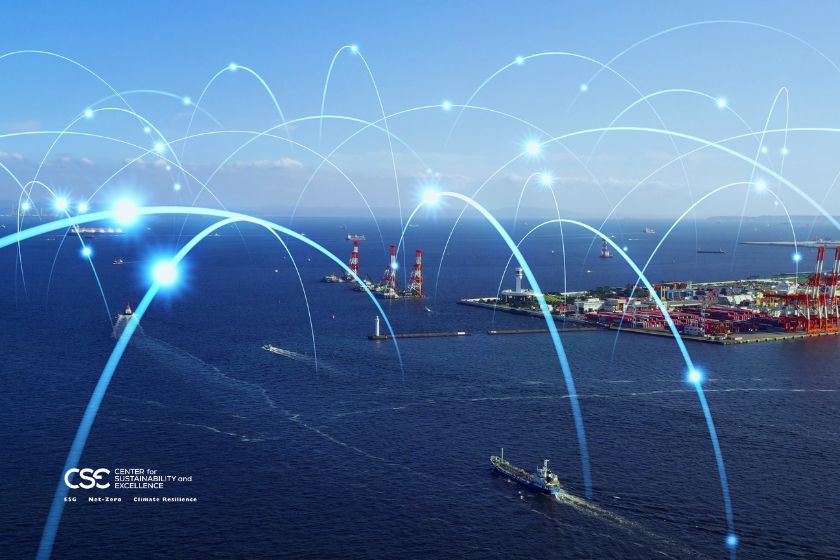A Comprehensive Overview
Maritime transport is a critical component of the global economy, facilitating 90% of the world’s trade. As the European Union (EU) intensifies its efforts to combat climate change, it has recognized the maritime sector’s significant contribution to greenhouse gas (GHG) emissions. To address this, the EU is integrating maritime transport into its Emissions Trading System (ETS), a cornerstone of its climate policy.
Understanding the EU Emissions Trading System (ETS)
The EU ETS is a cap-and-trade system designed to reduce GHG emissions by setting a limit (cap) on the total amount of certain GHGs that can be emitted by installations covered by the system. Companies receive or buy emission allowances, which they can trade with one another as needed. Each allowance gives the holder the right to emit one tonne of CO2 or the equivalent amount of another GHG. The cap is reduced over time, ensuring total emissions fall.
Historically, the ETS covered sectors such as power generation, manufacturing, and aviation. However, in July 2021, the European Commission proposed extending the ETS to the maritime sector, marking a significant shift. This extension aligns with the EU’s ambitious climate goals under the European Green Deal, aiming to achieve climate neutrality by 2050 and reduce GHG emissions by at least 55% by 2030 compared to 1990 levels.

Impact on the Maritime Sector
Emissions Coverage
The inclusion of maritime transport in the ETS will cover emissions from intra-EU voyages, half of the emissions from voyages to and from the EU, and emissions occurring at berth in EU ports. This comprehensive approach ensures that a significant portion of maritime emissions is addressed.
Economic Implications
Shipping companies will need to acquire allowances corresponding to their emissions. This requirement is expected to create an economic incentive for the sector to invest in cleaner technologies and more efficient operations to reduce emissions and, consequently, the need for allowances. The additional costs incurred from purchasing allowances may be passed on to consumers, potentially affecting trade and goods prices.
Technological Advancements
The ETS’s pressure to reduce emissions can accelerate the adoption of innovative technologies within the maritime sector. This includes the development and use of alternative fuels such as hydrogen and ammonia, energy efficiency measures, and the integration of renewable energy sources. Companies that invest early in these technologies may gain a competitive advantage.
Challenges and Criticisms of the EU ETS in Maritime Transport
Monitoring and Compliance
Implementing the ETS in the maritime sector involves significant challenges, particularly in monitoring and verifying emissions. Accurate tracking of emissions from ships and ensuring compliance with the system’s rules will require robust mechanisms and international cooperation.
Competitive Disadvantage
Some stakeholders argue that the inclusion of maritime transport in the ETS could place European shipping companies at a competitive disadvantage compared to their global counterparts. There are concerns that it may lead to “carbon leakage,” where shipping activities relocate to regions with less stringent emission regulations.
Legal and Operational Complexities
The global nature of maritime transport adds layers of legal and operational complexities. Coordination with international bodies like the International Maritime Organization (IMO) is crucial to align global efforts and prevent regulatory conflicts.
The integration of maritime transport into the EU ETS represents a bold step towards achieving the EU’s climate goals. While it poses challenges and has sparked debates among stakeholders, it also offers opportunities for innovation and leadership in sustainable maritime practices. As the world grapples with the urgency of climate change, the EU’s initiative could set a precedent for other regions and sectors to follow, driving a global shift towards greener and more sustainable shipping.
Upcoming Certified Training Program:
The Certified Sustainability ESG Practitioner Program provides tools for the design and implementation of the corporate Sustainability Strategy, as well as effective management of Sustainability complexities within their organization. The program also provides insights on new legislation, integration of the UN’s Sustainable Development Goals into the current sustainability plan, new and upcoming trends, ways to influence and get support from C-suite executives, the role of Investors and how to maximize their corporate performance in ESG ratings.
For early bird and group discounts contact [email protected].






